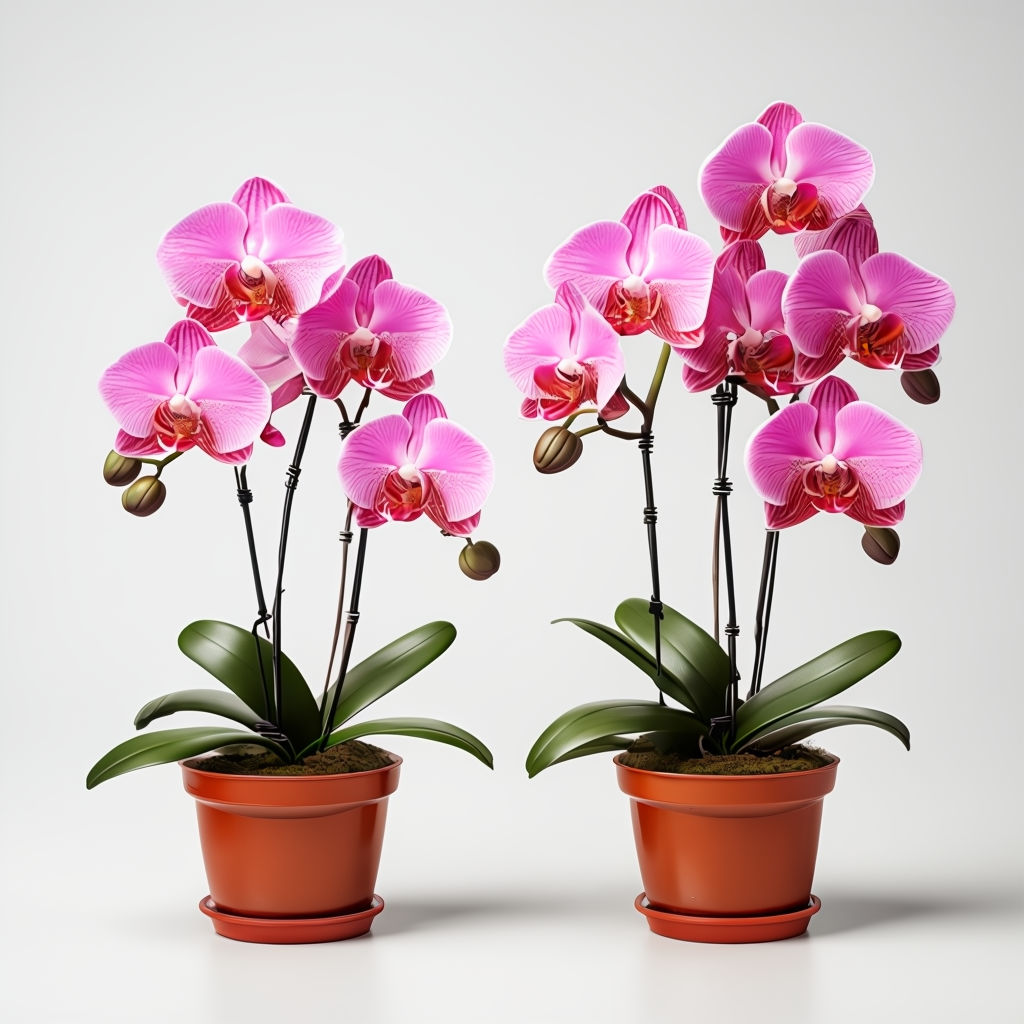
Orchids are fascinating plants, renowned for their beauty and diversity. To create the perfect environment for potting orchids, it is essential to first understand their unique growth habits and environmental preferences. Most orchids are epiphytes in their natural habitats, meaning they typically grow on other plants or surfaces rather than in soil. This growth style significantly influences their soil requirements, which deviates from those of terrestrial plants.
One of the primary needs of orchids is adequate drainage. In their natural environment, orchids are often found in environments where water drains quickly. Therefore, when potting orchids, it is crucial to utilize a medium that promotes proper drainage. Traditional potting soil retains too much moisture, which can lead to root rot and other complications. Instead, a suitable orchid potting mix may consist of materials such as bark, sphagnum moss, or perlite. These components facilitate excellent drainage while preventing excessive moisture retention.
Additionally, orchids thrive in an environment that allows for adequate airflow around their roots. The use of a potting mix that does not compact easily can improve airflow, essential for healthy root development. Insufficient airflow can hinder the roots’ ability to absorb oxygen, which is vital for the overall health of the orchid.
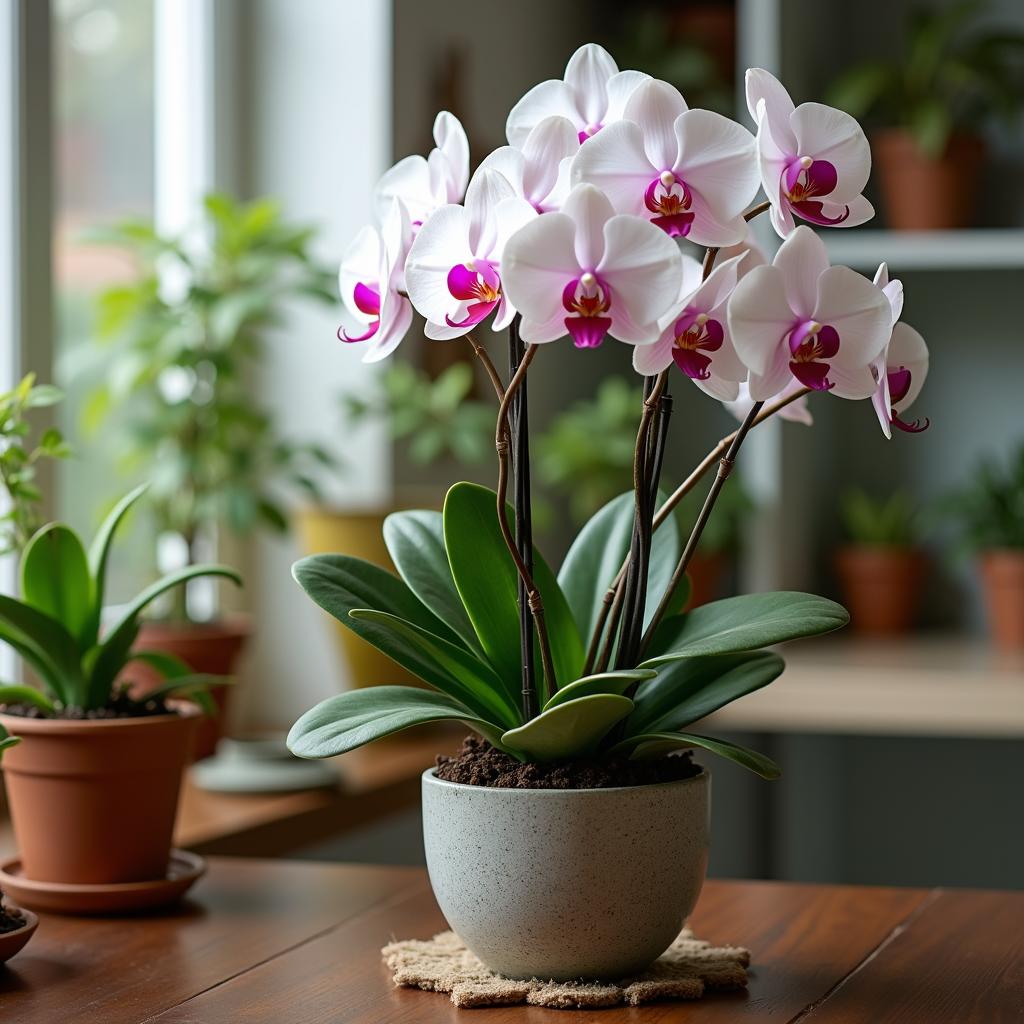
Nutrient retention is another important aspect to consider when potting orchids. While they require a well-draining medium, orchids still need access to the nutrients found in their substrate. This requires a balanced mixture that provides essential nutrients while avoiding compaction. Fertilization practices, tailored specifically for orchids, can further enhance their growth by supplying any additional nutrients that may be lacking in the potting media.
Components of Orchid Potting Mix
Creating the ideal orchid potting mix necessitates an understanding of the various components essential for maintaining healthy orchid growth. These components serve specific roles that support the overall well-being of the plant, particularly concerning drainage, aeration, and nutrient retention.
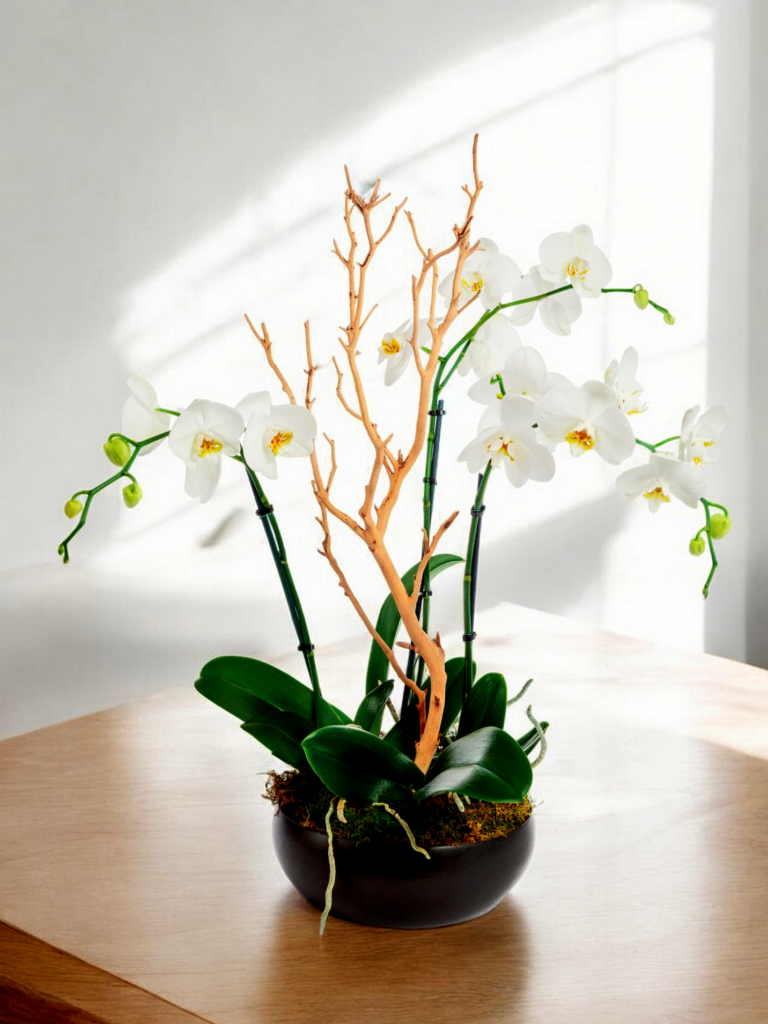
One of the primary materials used in orchid potting mixes is bark, specifically fir or pine bark. Bark pieces provide a coarse texture that enhances airflow around the root system, preventing waterlogged conditions that can lead to root rot. Ideally, the bark should be of varying sizes to promote a blend of moisture retention and drainage, critical for orchid health.
Sphagnum moss is another integral component, renowned for its moisture-retaining abilities. It can help ensure that the potting mix does not dry out too quickly. However, while it retains moisture, it is essential to monitor its use as excessive amounts can hinder drainage. When combined with bark, sphagnum moss can contribute to a balanced mixture that accommodates the needs of various orchid species.
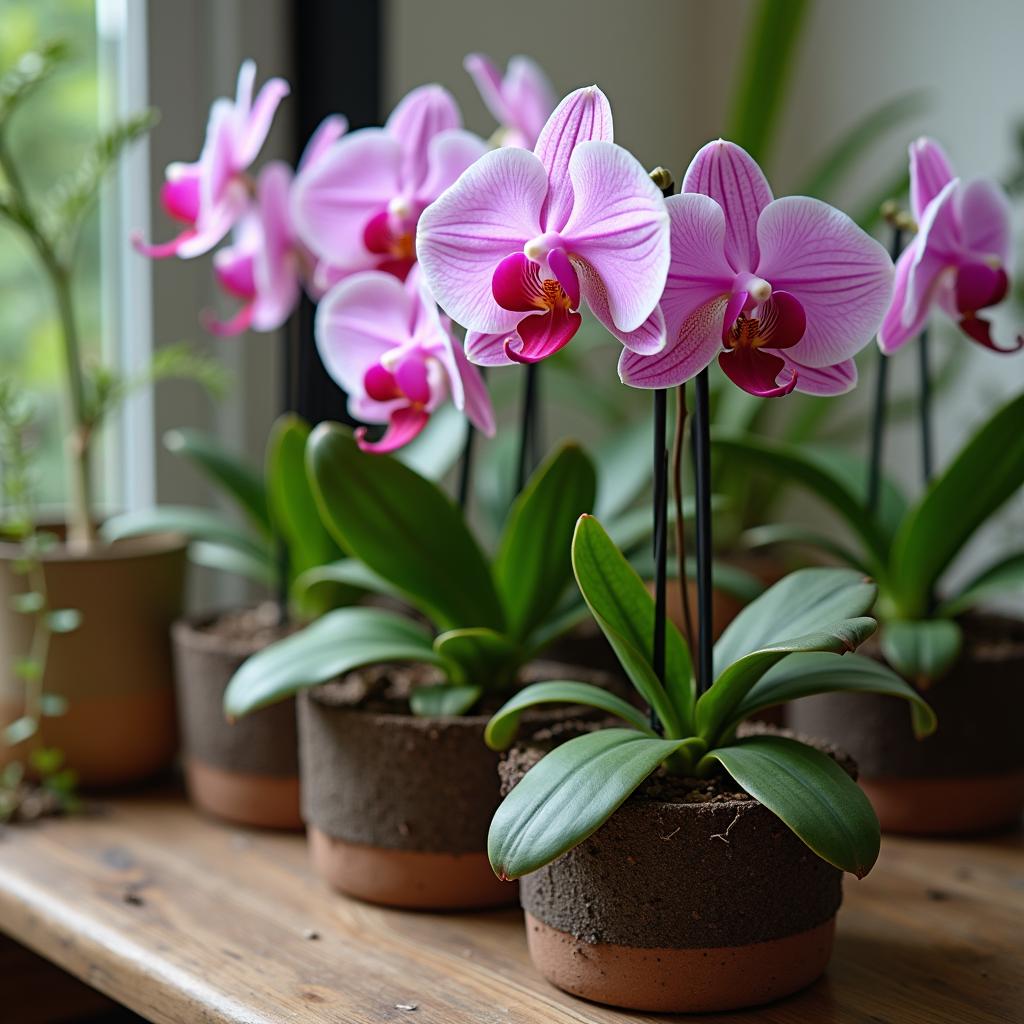
Perlite is often added to orchid mixes to improve drainage and aeration further. This lightweight volcanic glass helps maintain soil structure by preventing compaction, which can impede root growth. Similarly, charcoal can be included in the mix to absorb impurities and odors, contributing to a healthier potting environment.
When designing an orchid potting mix, one should aim for a balanced ratio of these components, typically 50% bark, 25% sphagnum moss, and 25% perlite or charcoal. This combination ensures that orchids receive the necessary drainage and aeration while allowing for adequate moisture retention, thereby creating the perfect potting environment for cultivating healthy, thriving orchids.
Choosing the Right Soil for Different Orchid Types
When it comes to selecting the appropriate potting soil for orchids, one must consider the specific needs of various orchid types. Each species thrives in conditions that mimic its natural habitat, which greatly influences its soil requirements. For instance, Phalaenopsis orchids, commonly known as moth orchids, prefer a well-draining mix that retains some moisture yet allows excess water to escape readily. A commercial mix designed for orchids, which often includes pine bark and perlite, can serve well for these beauties.
Cattleya orchids, known for their spectacular blooms, require a coarser potting medium that promotes excellent aeration and fast drainage. This orchid species originates from regions with varying climates, necessitating a mix rich in larger particles such as charcoal, coconut husk, or orchid bark. Such a composition helps to prevent the roots from becoming waterlogged, which is essential for their health and growth.
Dendrobium orchids exhibit diverse species with differing moisture requirements; thus, their potting soil should be adaptable to their particular needs. Generally, a mix that combines medium to large bark with some sphagnum moss can be effective. Sphagnum moss retains moisture and provides a humid environment beneficial for Dendrobiums, especially during their growing season.
When customizing potting mixtures, one should also take into account environmental factors such as humidity and temperature. For example, if an orchid is placed in a drier climate, one might opt to include greater amounts of moisture-retentive components, whereas a location with high humidity may allow for a more loose and airy mix. Adaptation to these factors ensures that your orchids flourish regardless of their species.
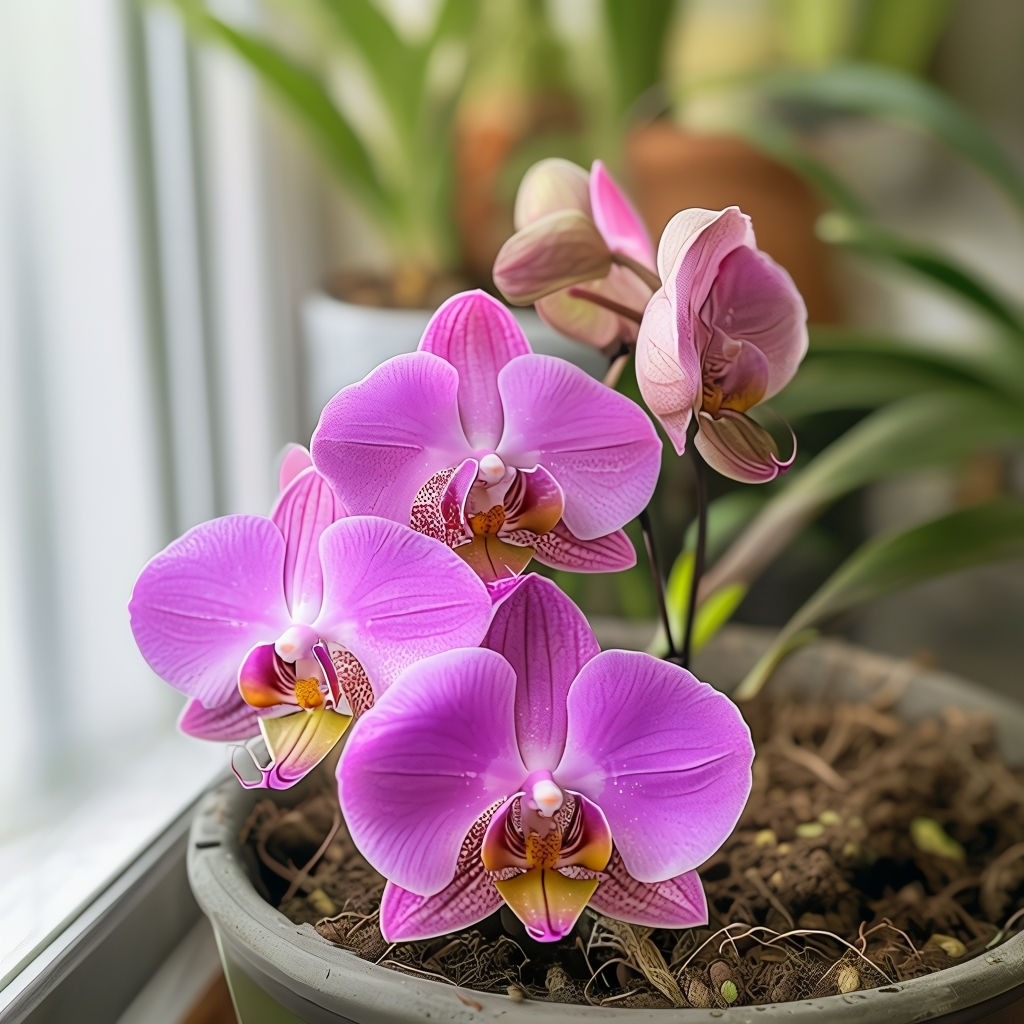
Maintaining Orchid Soil for Longevity
To ensure the longevity and effectiveness of potting soil for orchids, regular monitoring of soil health is essential. Orchid potting mixes often comprise a combination of pine bark, sphagnum moss, perlite, and other organic materials that can degrade over time. As these materials break down, they may clump together, hindering drainage and aeration, which are critical for orchid roots. Therefore, it is advisable for orchid caregivers to periodically assess the soil’s texture and structure to determine its condition.
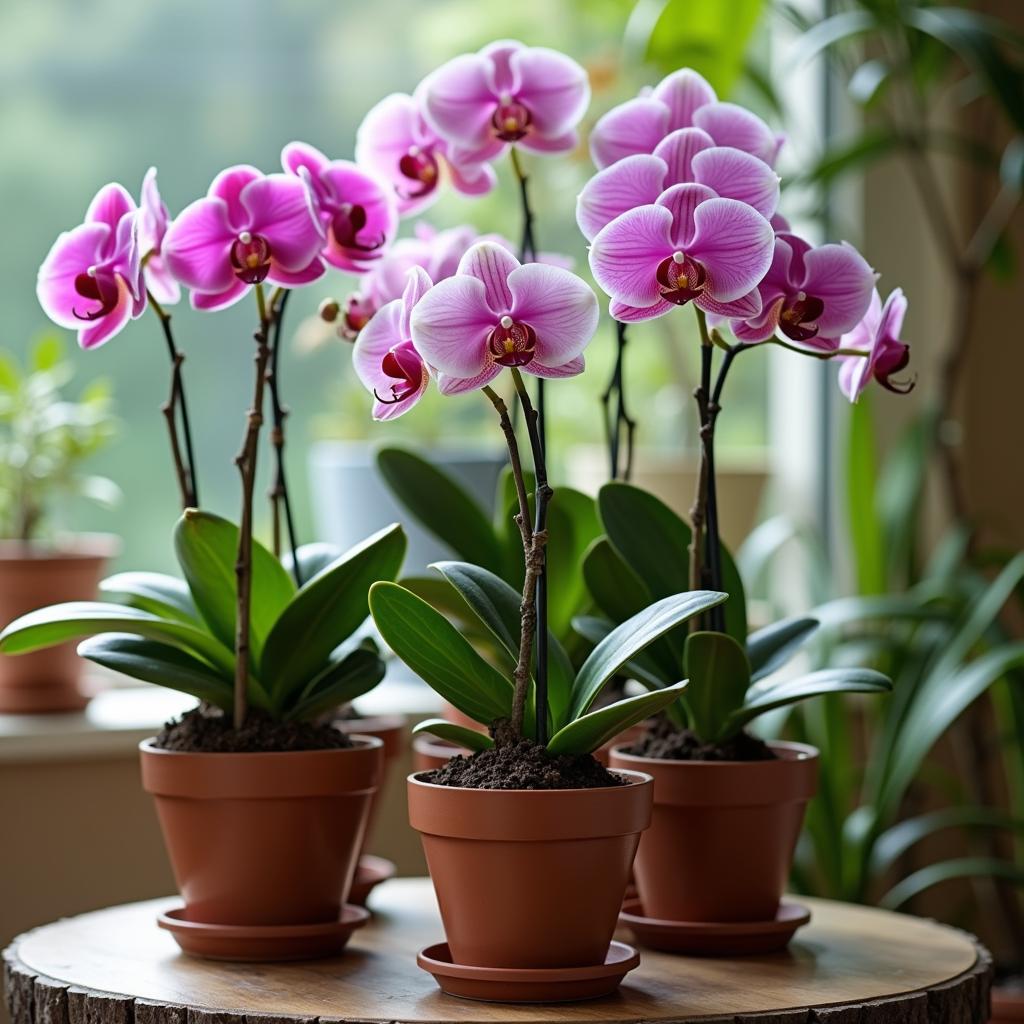
Repotting intervals will greatly vary depending on the specific orchid species and the growing conditions, but a general guideline is to check the potting mix every one to two years. Signs that a repotting is necessary include a compacted soil structure or a significant amount of dead material present. Another indicator is the presence of mold, which suggests that the soil retains too much moisture. Repotting can rejuvenate the potting media and provide an opportunity to examine and trim any dead or unhealthy roots.
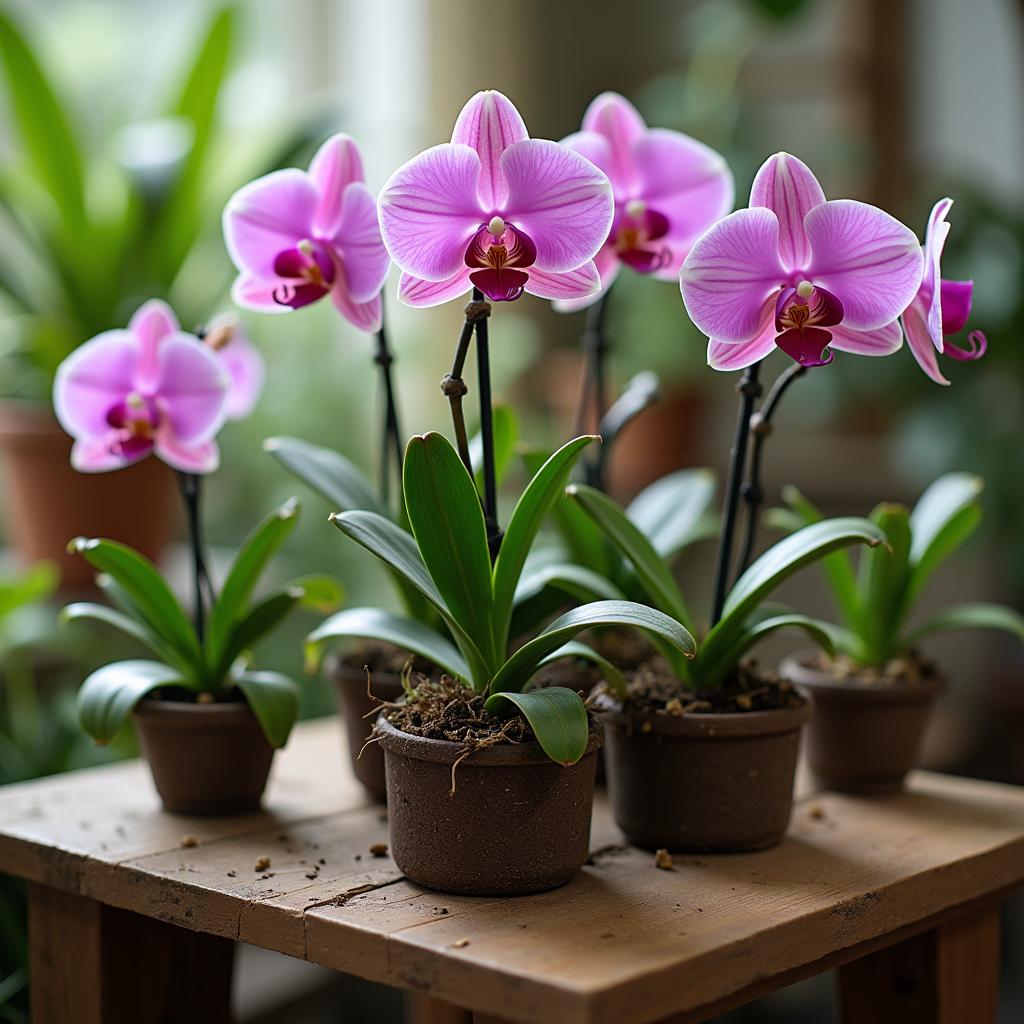
For those looking to rejuvenate old potting media, one option is to incorporate fresh materials into the existing mix, thereby improving drainage and aeration without completely changing the soil. Additionally, maintaining optimal moisture levels is crucial. Orchids prefer a slightly moist environment, and overwatering or allowing the potting mix to dry out too much can be detrimental. Utilizing pots with adequate drainage holes and monitoring watering frequency can help achieve this balance.
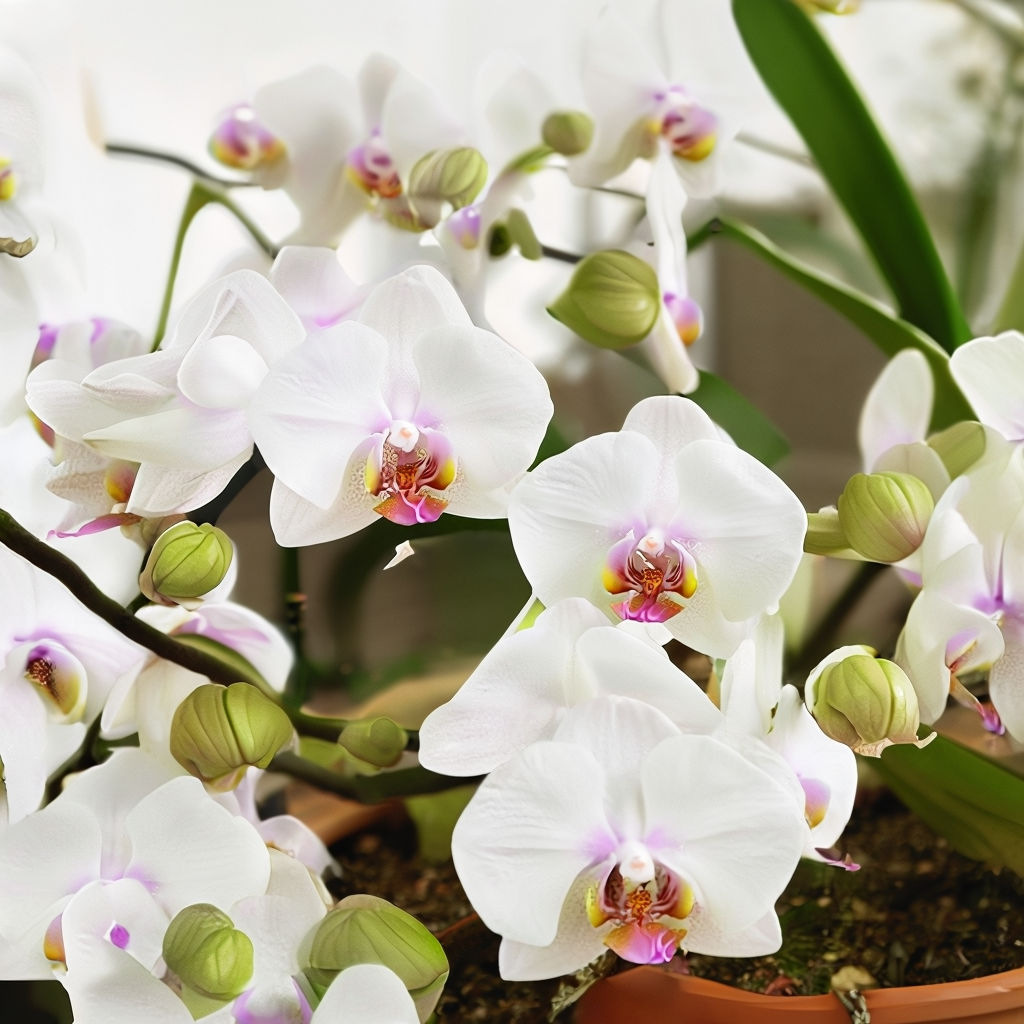
By following these guidelines on maintaining the potting soil for orchids, enthusiasts can promote sustainable growth and ensure that their orchids thrive for years to come. Regular assessment and timely interventions will facilitate vibrant plants and a flourishing collection.